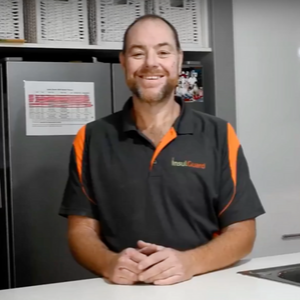When it comes to installing polystyrene beads, there’s one thing you should never do: gluing the beads in place.
Cavity wall insulation manufactured from polystyrene beads is a population solution for double brick cavities. The small polystyrene beads are blown into the cavity to create an insulating barrier, reducing heat loss and improving energy efficiency. Our InsulGuard Cavity Shield was one of the first products available to Australian homes featuring this technology.
Whilst it may seem like a good idea, it’s actually far from it. Here’s why.
1. Gluing Beads: It reduces the effectiveness of the insulation
Polystyrene beads are designed to move freely within the cavity, allowing them to settle and create an insulating barrier. Gluing the beads in place prevents them from being installed correctly. The glue prevents them from getting a 100% cavity fill as the beads get stuck around services, and brickwork and create “voids” where there isn’t any insulation. This can result in a reduction in the overall energy efficiency of your home.

2. Glued Beads: It can cause dampness and moisture problems
Gluing polystyrene beads in place can create a solid barrier than prevents air from flowing through the cavity. This can cause moisture to become trapped, or travel laterally across the cavity. This moisture can lead to dampness and mold problems. Check out a recent article about cavity wall insulation and rising dampness.
In the video below, Troy explains how the glue causes damp issues.
3. It’s not necessary
Gluing the polystyrene beads in place is not necessary. The beads are designed to settle and create an insulating barrier naturally, without the need for additional fixing or glue. By gluing the beads in place, you’re actually making the insulation less effective and potentially causing other problems in your home.
In conclusion, gluing polystyrene beads in a double brick cavity is a bad idea. It reduces the effectiveness of the insulation, can cause dampness and moisture problems, and is simply not necessary. If you’re considering using cavity wall insulation, make sure you choose a professional installer who understands the correct installation techniques and doesn’t resort to gluing the beads in place.

